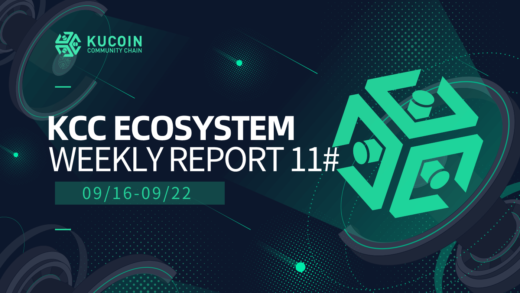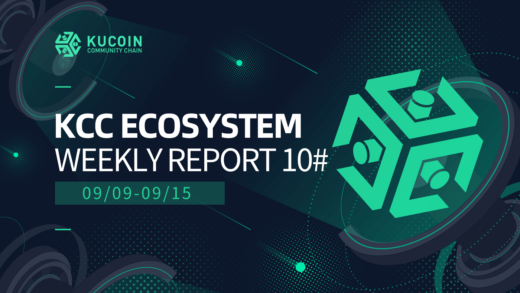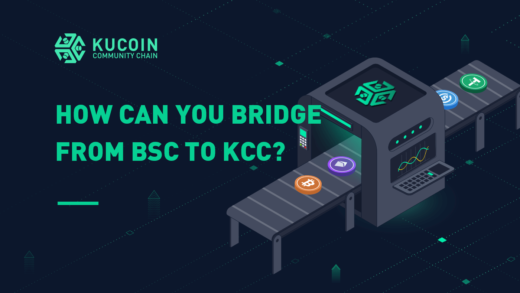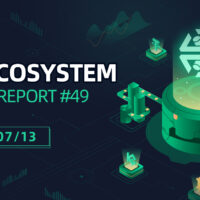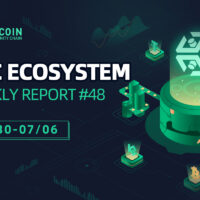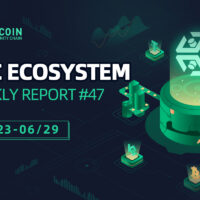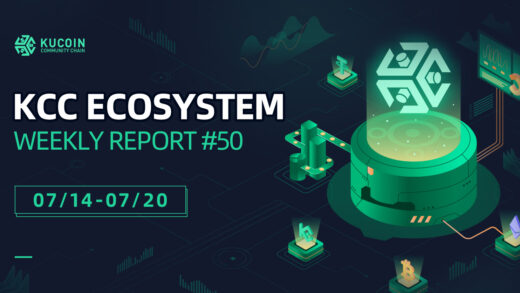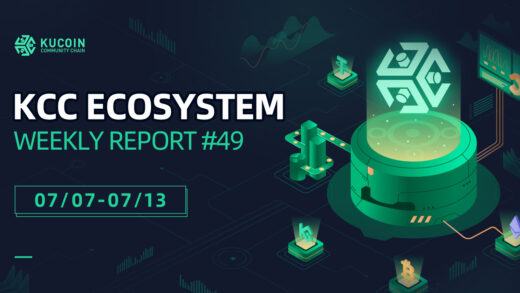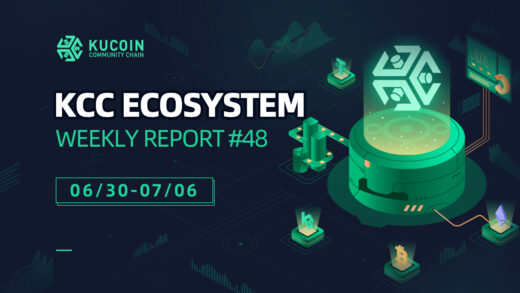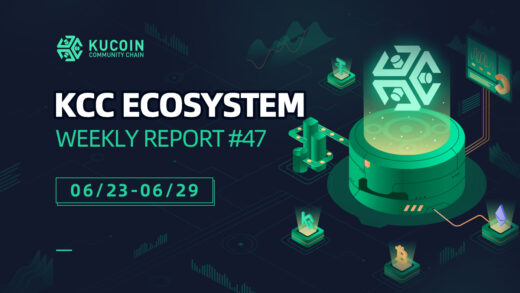In our world, banks and governments control all of our money. They can print as much money as they want, and they do this regularly, which causes inflation and depreciation in the value of our physical money. But, what if we could remove their authority to print more money and limit the supply of the total amount of money that’s available? This seems impossible, but blockchain has made this idea actually possible. Blockchain is a revolutionary technology in the finance field and is one of the popular aspects of blockchain. DeFi stands for “decentralized finances.” Certain algorithms decide how DeFi blockchain will work, and this also dictates the mining of the tokens and their supply.
Staking is the process of locking crypto tokens into smart contracts for a certain period of time in exchange for rewards. This is basically just the equivalent of placing your money into a bank account requiring a fixed amount that generates interest and other benefits over time, but it’s the decentralized version of this concept.
Proof-of-stake is one of the mechanisms that rules the DeFi system. Proof-of-stake is a consensus algorithm in which people have to stake a certain amount of money in a blockchain to become a validator. Validators are those who validate the blocks of the blockchain. As a result, these individuals get a reward for maintaining the blockchain by validating the blocks of that blockchain.
DeFi (Decentralized Finance)
As opposed to the current centralized financial system globally, there is also a decentralized financial system. DeFi is a decentralized financial system that exists with the help of technology. In the traditional financial system, there is a central body—usually a bank or a government—who decides how the system works, but in DeFi, there is no such centralized system. Everyone can become a part of the system, and its technology decides how it works.
Because the supply of traditional currencies is not restricted, these currencies face inflation and loss in their value over time. However, because supply is restricted in DeFi, you might see deflation as well as its value growing over time. Supply and decentralized control are the main aspects of DeFi. Certain algorithms decide how this system works, meaning these algorithms are actually what determines how the system’s decentralized body will work. One of these algorithms is proof-of-stake or the actual act of staking.
Proof-of-Stake or Staking
In the proof-of-stake algorithm, there are controlling bodies called validators. These validators validate the blocks or transactions in the blockchain. To become a validator in the proof-of-stake process, miners must stake a sufficient number of tokens. The validator will then be in charge of producing blocks, as opposed to proof-of-work, where miners compete by solving complicated problems to produce blocks.
The process in which a person has to stake a considerable amount to become a validator is called staking. That individual must have a large number of tokens which they will then have to stake. This basically functions like collateral if that person makes mistakes when validating; it also builds credibility within a blockchain. The validators will earn rewards from validating blocks, too.
These miners and validators are working on a decentralized blockchain, meaning the validators would be selected (randomly) depending on the amount of money they staked and their history. As a result, new validators will be given a chance in such a system. Additionally, only validators are required to retain their money or coins at stake for an extended period of time. Investors also can stake more money to increase their chances of validating blockchain blocks.
Many DeFi projects have the best possible ecosystem for staking. These sorts of DeFi projects are perfect for generating passive income, such as sKCS.io. These DeFi projects have good potential in the long run. MojitoSwap is community-driven, and it is the first DEX on the KuCoin Community Chain that was established and run by the community, gradually transitioning to community ownership via DAO.

The Downsides of Staking and How to Avoid Them
To begin with, staking is very profitable and makes a blockchain much more smooth and fast. However, there are some risks involved in staking, too. They may be very rare, but they still exist, so here are a few you’ll want to keep in mind.
- Staking does not ensure good returns. Projects with weak fundamentals may have negative return rates in a down market. Don’t always assume that any staking payout will be valuable. Only good projects have consistent incentive systems.
- To qualify as a validator, some projects need you to stake a certain quantity of their cryptocurrency. This may exclude smaller players who can only bet a certain number of coins and prominent players who prefer to take little risks.
- There may be some phony projects, like ‘pump and dump’ schemes, so don’t fall for them because they may also offer large staking rewards.
It would be best if you made sure to do your research while searching for the project you want to join in because there will be ventures that will offer you large payouts for staking, but they may also cause you to deposit your coin without paying attention to the underlying cryptocurrency’s essential principles and techniques. As a result, you would incur losses. Therefore, always choose projects with sound fundamentals.
Related Questions
How can investors make money with staking?

Investors who solely want to invest and make money have two options. The first option is directly involving themselves with the blockchain of that particular DeFi, where they can stake their money and become validators to validate blocks in that blockchain. After doing so, they would earn money as a reward to validate blocks in that blockchain. They would receive random chances to validate blocks based on their staked money.
The second way they can make money is through crypto exchanges. More specifically, there are staking pools on different cryptocurrencies. An investor has to stake money for a certain period of time, and they will then receive some reward for it. In this way, they don’t have to do anything like validate blocks or become a validator. All they would need to do is stake money in those staking pools for a certain timeframe.
Is staking profitable in the long run?
Staking is a profitable model for the long term. First, you have to lock money, and many people locking their money would automatically limit the circulating supply of that particular crypto in the market, which would also affect your crypto token value. Its value would constantly increase in those DeFi blockchains where this was taking place.
Also, after you become a validator and start earning rewards, you’ll profit from that, too. You can add in your staked amount if you want and start compounding your profits. Compounding your profits would be very profitable in the long run because as your staked amount would increase over time, you would get more chances to validate and earn rewards from validating blocks in the blockchain as well.
Can you lose crypto while staking?
Basically, you can’t lose crypto in staking directly, but you can lose some of its value. For example, if you have staked a particular amount of crypto for a certain period of time, you would then be unable to sell or transfer your crypto to any other place. It would be locked for that particular time period.
If, in the meantime, the market crashes or there is a sudden decrease in the value, you would not be able to make any transactions, and you wouldn’t be able to sell your crypto, so you would technically be losing your money in this way. It is a very rare scenario to take place, but it does happen with staking, especially with small or noncredible crypto coins.
How does staking affect the price?
Staking can cause the price of your coins to rise or fall due to market variables like supply and demand, and staking is a direct result of this energy. Fewer coins will flow in the crypto market if more people stake. A coin shortage combined with increased demand will lead coin prices to rise.
This is what occurs with the majority of DeFi cryptocurrencies that have a good incentive scheme. The majority of their worth rises due to a high number of stakes. Conversely, if fewer individuals stake their coins, crypto assets based on the proof-of-stake mechanism would collapse. The cryptocurrency price will fall as more people exchange or pay their stakes.
What happens when prices grow or lose while staking?
If you have staked your crypto, you won’t be able to make any decisions because that crypto is locked for a minimum amount of time, so you won’t be able to make a profit or minimize your losses while your crypto token’s price grows or decreases. However, it does affect the rewards, and in some cases, rewards can go down in a bear market because of low value or a price decrease.
So, to put it simply, you lose money when the price decreases, and you make money when the price grows. In a bearish market, most people don’t want to stake, so that’s why prices further decrease in a bear market.
This is a community post written by the ARTEM Noah and published on https://news.kcc.io

